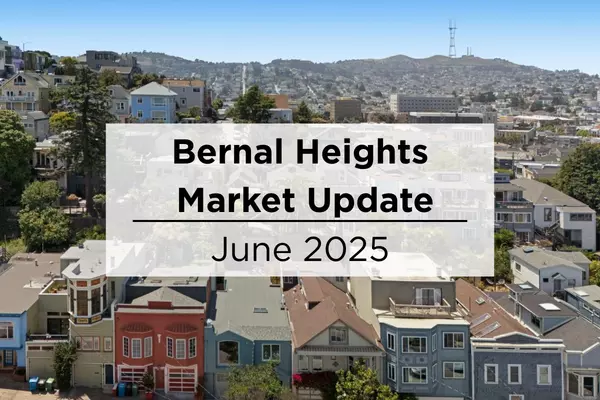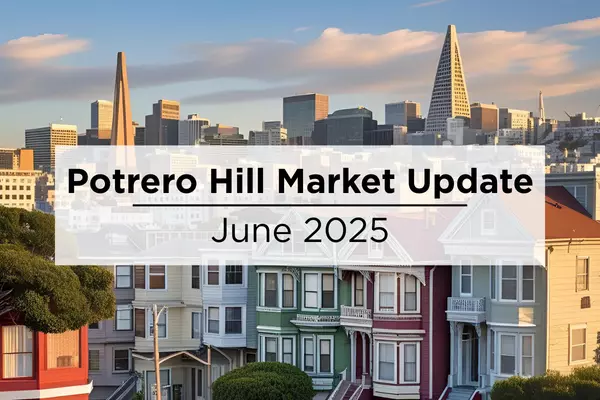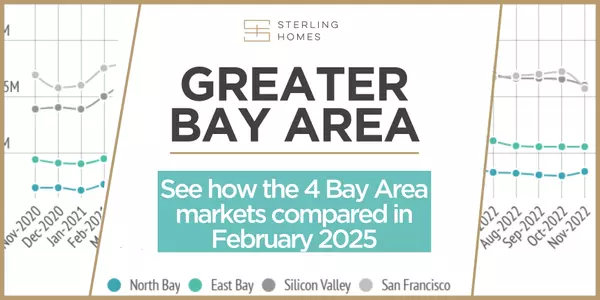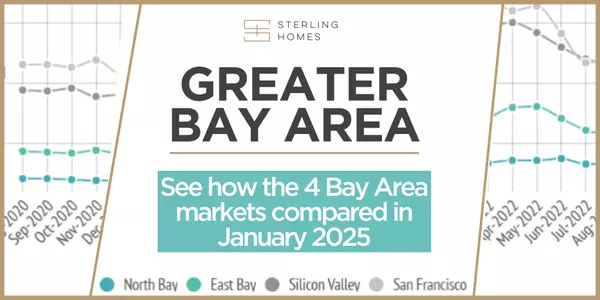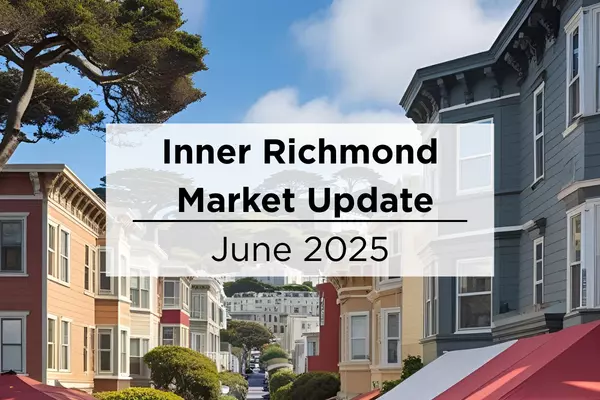
San Francisco Market Update: Spotlight on Inner Richmond – June 2025
As one of San Francisco’s most beloved residential neighborhoods, Inner Richmond continues to show signs of both resilience and opportunity. Whether you’re buying, selling, or just curious, here’s what’s happening in the local market—at a glance.🔍 Market at a GlanceInner Richmond experienced steady
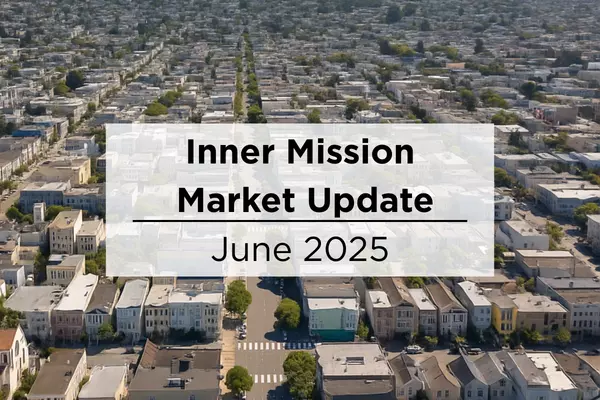
Inner Mission Real Estate: What Buyers and Sellers Need to Know This June
📍 The Inner Mission neighborhood continues to embody the vibrant spirit of San Francisco, known for its diversity and constant evolution. The latest data from May 2025 indicates a dynamic real estate market, showing notable shifts in both the single-family home and condo/TIC segments. 📈 Market at

Marin, Napa, Solano, Sonoma North Bay Housing Market Update - November 2024
The Big Story Sellers are coming back to the market Quick Take: After the election of Donald J. Trump, bond prices increased in anticipation of his inflationary policy positions. Interest rates are the most significant factor financially in purchasing a home for most buyers, and as we’ve seen over t
Categories
Recent Posts





